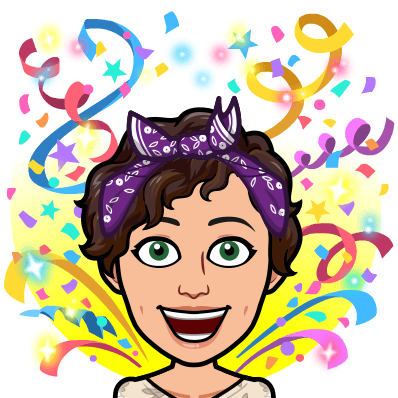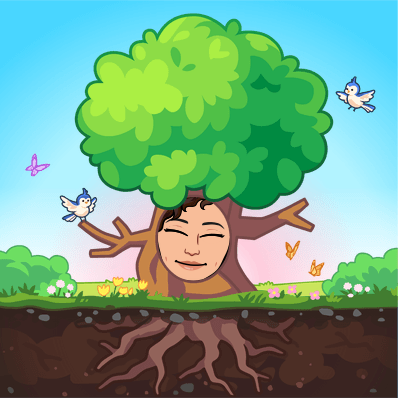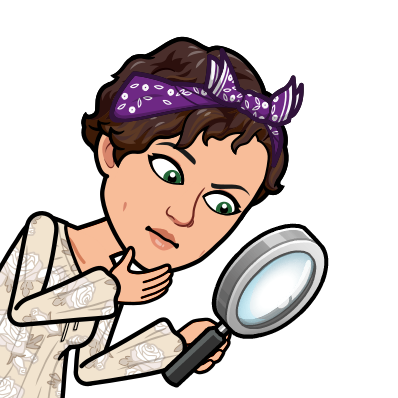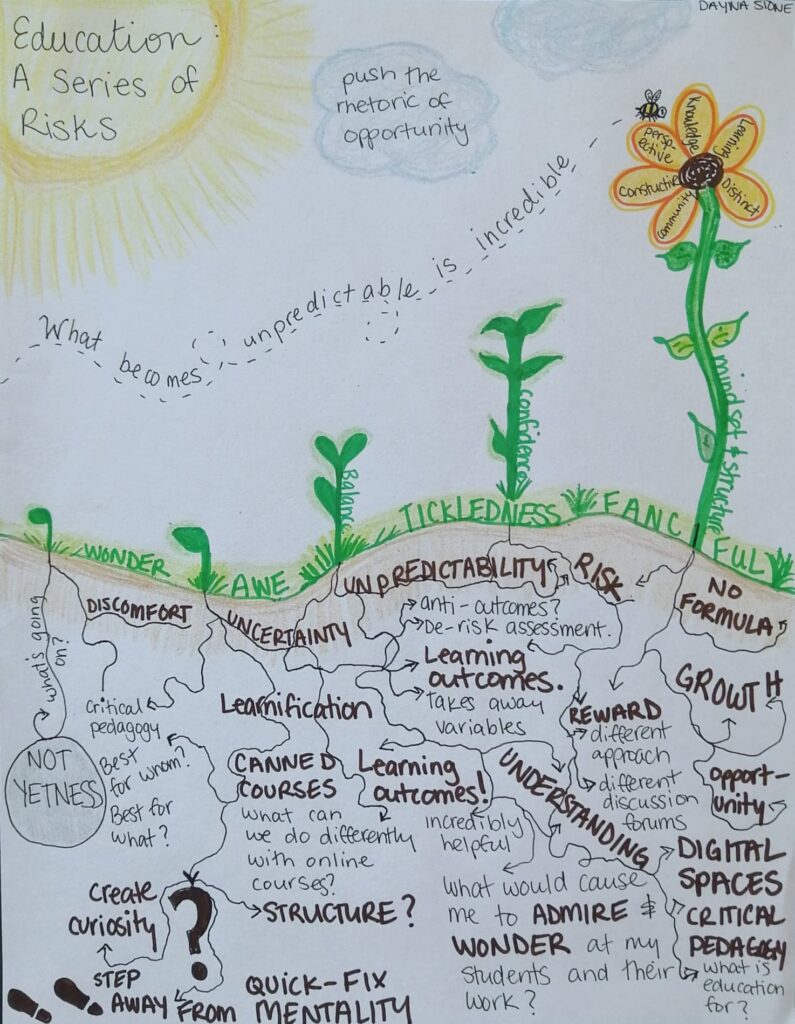Upon participating in the Technologist Module, I decided to create an info-graphic summarizing the key components listed on the module checklist. This multimedia reflection was more challenging for me because I created a sketchnote last time. I used Canva to design the info-graphic and found it to be very user friendly. However, there were images that I used from websites because the free version of Canva did not have many options. I decided to use the grey/blue colour scheme because that is just what I pictured in my head when going through the Technologist Module.
This process reminded me of one of our previous readings where it mentions that technology brings “new problems into our lives, but just watching the creativity behind these tools makes me so excited to live in a time when so many people can actually bring their ideas to life and watch those ideas impact the world” (Gonzalez). I found that I was able to incorporate my creative ideas into this info-graphic, but I also had to make sure the main ideas of the entire module came across clearly. It is quite amazing that there are endless online opportunities, so having to choose one specific platform/media for an assignment can be overwhelming. I felt this way initially because I could not decide what to create or how to create it. Eventually I chose Canva because I was already familiar with it since I used it in my technology-integrated lesson plan.
I found that the Technologist Module gave me many online platforms, websites, approaches, and suggestions when using and creating technology for my classroom. I must admit that going through the module for the first time was a little daunting, but the more I read and clicked on the hyper links, the more I understood the concepts in the module. I found that the discussion board posts of certain aspects from the module helped me understand the module as a whole.
I appreciate that the Ideate and Empathize pages of the module offer many opportunities for Universal Designs for Learning. Especially with Ideate, the technological platforms provided demonstrate affective networks, recognition networks, and strategic networks. From MindMup to Coggle and even Prezi, there are multiple means of engagement for teachers to choose from for their students. The variety of platforms provides many ways of representation of content/information as this can also to lead to different ways of how students can learn. I can see myself integrating the Technologist Module into my teaching practice. The brainstorming templates allow for creativity to blossom with any online tool, any age, and any capability. I feel that this module can help me develop my pedagogical technological knowledge for the better.
I decided to split up my infographic so that the image is larger and easier to read.



References
Avalos, Joanna. (2019). Transparent Telescope Clipart Black And White – White Telescope Png, Png Download. KindPNG. https://www.kindpng.com/imgv/iRwoiRb_transparent-telescope-clipart-black-and-white-white-telescope/
Bubamara. (2019). Magnifying Glass Print Clipart Pink Background Transparent – Transparent Background Magnifying Glass Png, Png Download. PNGITEM. https://www.pngitem.com/middle/JhmJiw_magnifying-glass-print-clipart-pink-background-transparent-transparent/
Curved Arrow Pointing Right SVG Vector. (n.d). Vimeo. Retrieved February 19, 2020 from https://www.svgrepo.com/svg/123477/curved-arrow-pointing-right
Frame Clipart. (2020). Clipart. Retrieved February 21, 2020 from https://www.clipart.email/clipart/frame-clipart-127.html
Holding hand in heart shape vector. (n.d). Vecteezy. Retrieved February 21, 2020 from https://www.vecteezy.com/vector-art/532505-holding-hand-in-heart-shape-vector
Najera, Viridiana. (2019, July 3). Storyblocks-brain-training-with-dumbbells-and-glasses-vector_rA-6CycLz_thumb. Delaney Delaney &Voorn, LTD. https://www.ddvelderlaw.com/exercise-and-seniors/storyblocks-brain-training-with-dumbbells-and-glasses-vector_ra-6cyclz_thumb/
Network child care services. (2019). Network child care services. Retrieved February 20, 2020 from https://networkchildcare.com/annualreport-2016/community-partner-ontario/
Question Mark Clipart – Image (9353). (2016). Best clip art images. Retrieved February 19, 2020 from http://gclipart.com/question-mark-clipart_9353/
RIMM-Art. (n.d). Green check mark icon checkmark in circle for vector image. VectorStock. https://www.vectorstock.com/royalty-free-vector/green-check-mark-icon-checkmark-in-circle-for-vector-26839334
Smith, Sherry, and freepik.com. (2018, March 12). WHY IT’S TIME TO KILL THE “LEADER” – YOUR PRESS RELEASES DESERVE BETTER. Clarity. https://clarity.pr/news/time-kill-leader-press-releases-deserve-better/
Treasure map Free Icon. (n.d). Freepik. Retrieved February 20, 2020 from https://www.freepik.com/free-icon/treasure-map_814687.htm.








